23 Things in Your House Attracting Pests
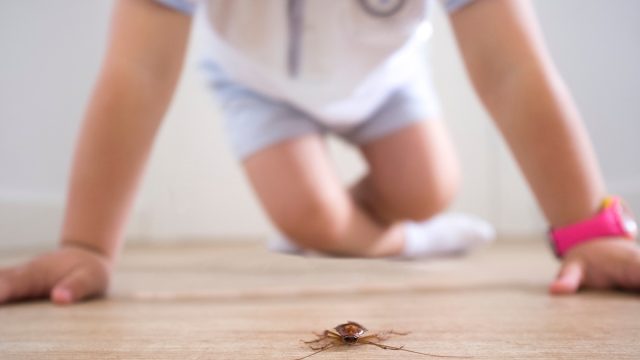
No matter how diligent you are about cleaning up after yourself and taking care of your home, chances are you still manage to find some pests invading your space. After all, a 2017 survey from the National Pest Management Association found that around 37 percent of Americans had seen a rodent in their home in the past year. Though it may seem inevitable that, at some point, you’ll have to deal with mice or roaches, there are a few measures you can take to keep these pests at bay. We’ve called in the experts to find out exactly what draws pests to your home, so you can stop an infestation before it happens!
1
Piles of Paper

Your stacks of neglected papers could be a breeding ground for pests, says Kristiana Kripena, the content marketing director for InsectCop, a website that provides pest-fighting information. According to Kripena, you should get rid of “paper that is rarely touched and that is old, such as old books, letters, etc., because there are many pests that love to feed on cellulose. Some of the most common ones are silverfish and cockroaches.”
Combat an infestation by investing in proper, air-tight storage for your documents, letters, and books. Simply storing them in a drawer or on a shelf in your closet is not going to do the trick.
2
Houseplants
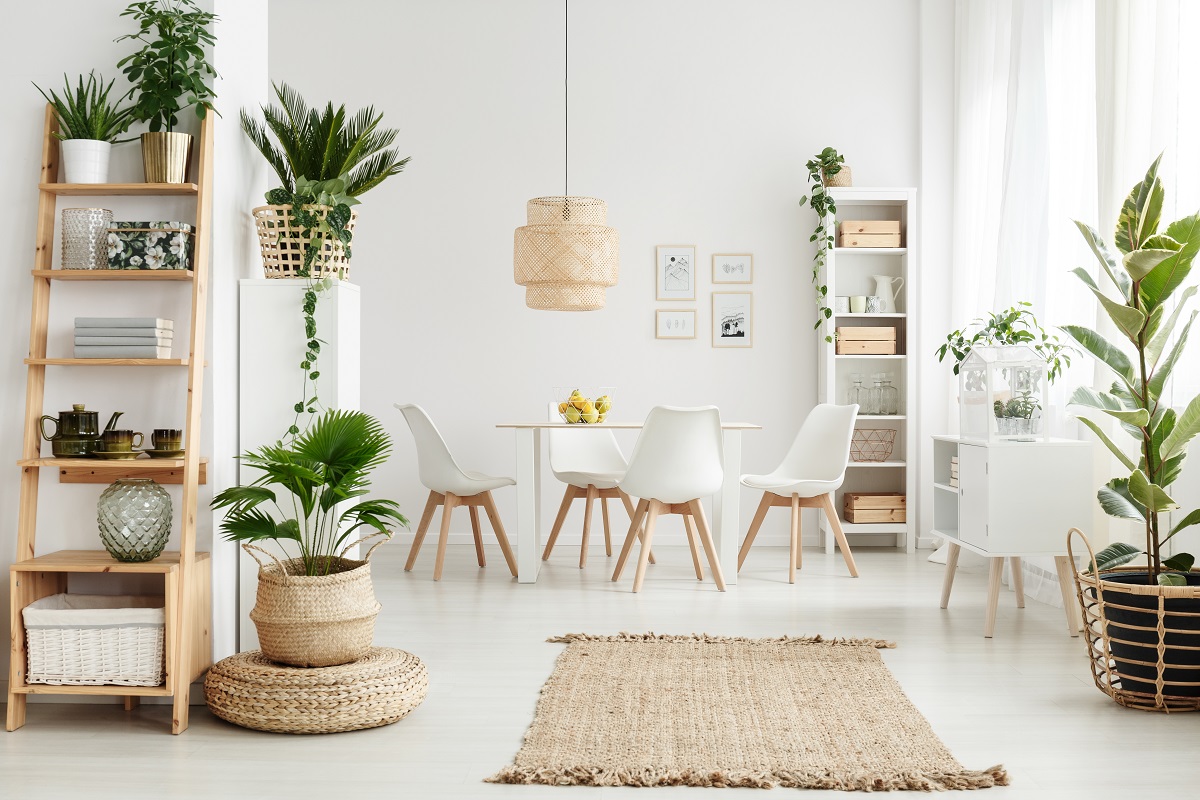
“Houseplants can be another pest attractant in your home, especially if your houseplants suffer from plant-feeding insects like aphids,” says Kripena. “Aphids, for example, might attract ants, since ants love to feed on the honeydew that aphids produce. Other insects such as springtails might be attracted to the soil of the plants, especially if you have a tendency to overwater it and keep it moist.”
3
White Lightbulbs
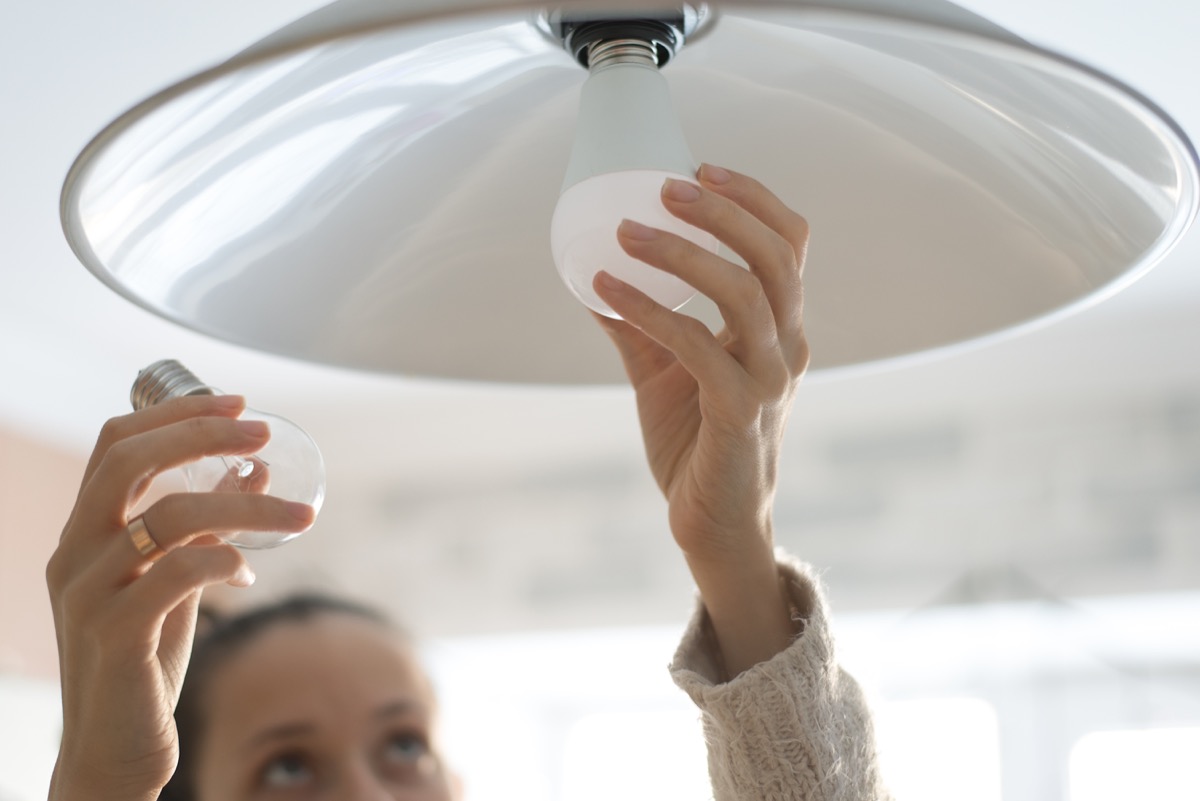
Generally, insects can see three different colors—ultraviolet, blue, and green—so they’re primarily attracted to lights that emit cool tones, according to David Moore of Dodson Pest Control, which operates in the Mid Atlantic and southern regions of the U.S.
So, if you have LED lights that emit a white or blue color, your space is likely much more attractive to pests. To make things less inviting, invest in yellow and “warm” lightbulbs, especially outdoors.
4
Unwashed Bedding
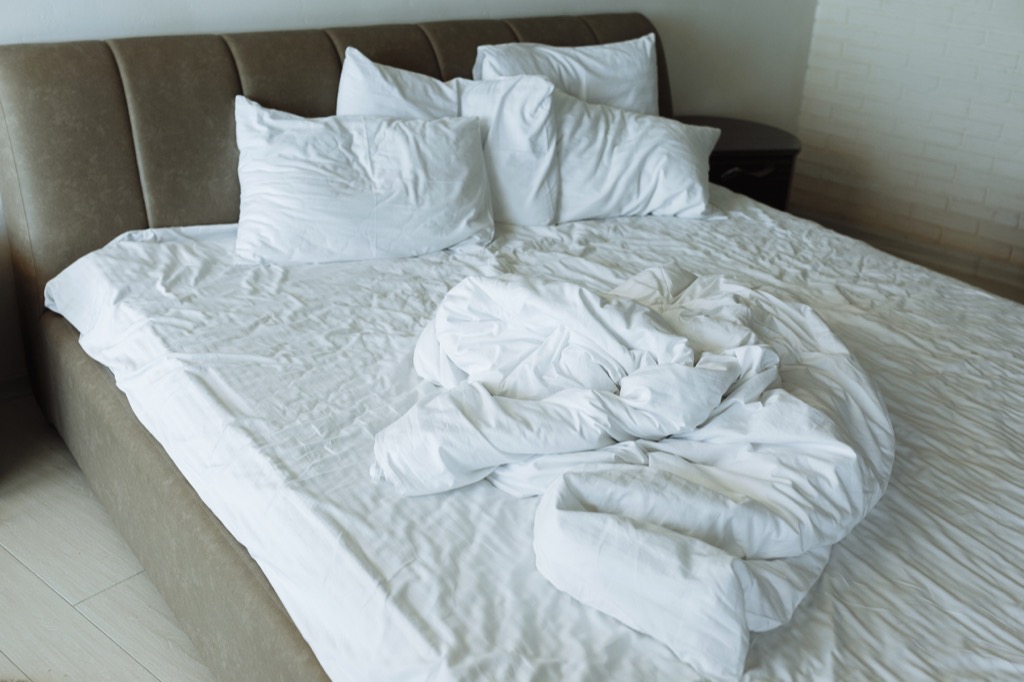
“The human body naturally discharges sweat, saliva, mucus, skin cells and a number of other excrements,” says Matthew Ross, the co-owner and COO of The Slumber Yard, a mattress review site. “Combined, all these factors make your bed and sheets a cesspool for germs and microscopic life, which [then] make your bed an ideal environment for pests like mites, ants, bed bugs, and spiders.”
5
Pets
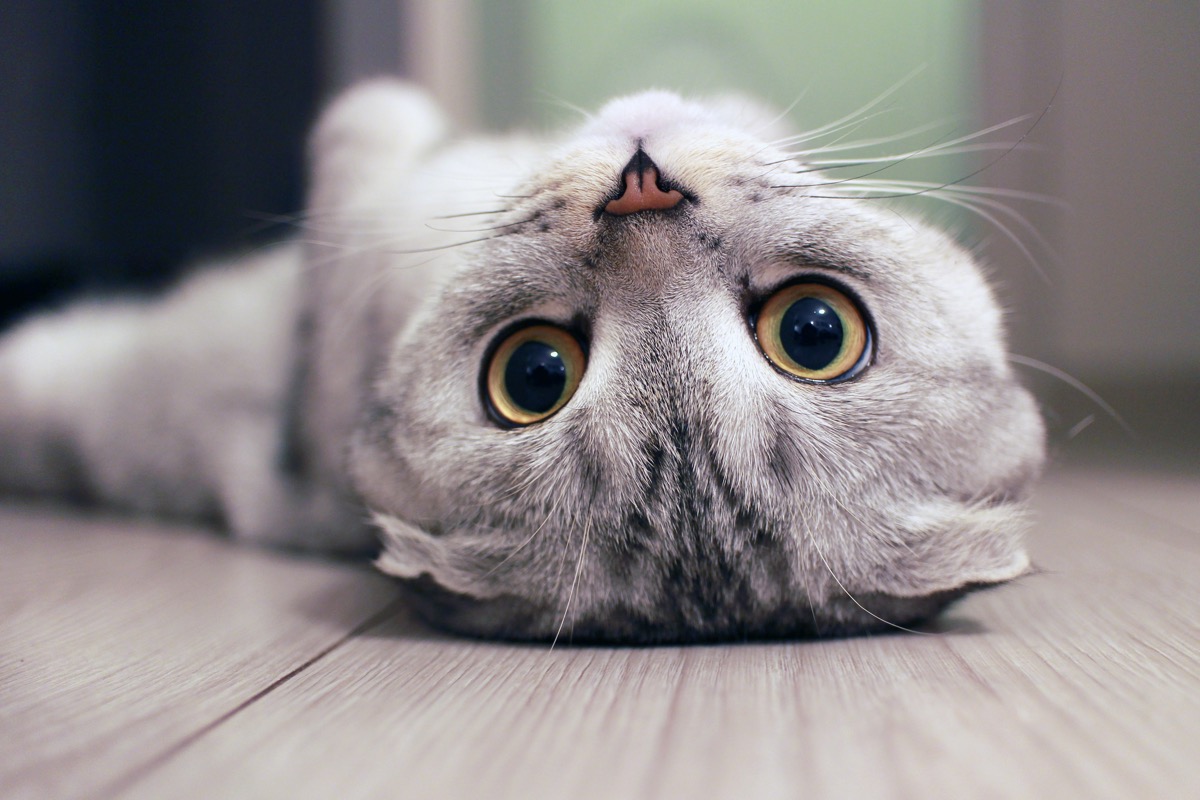
Your pet brings more than just happiness into your home. Not only are dogs and cats able to trek fleas and ticks into your house, but their food and waste can also attract other critters, according to Rove Pest Control, which services the Minneapolis—St. Paul area.
“Pets require extra food to be stored and can cause additional crumb piles to develop, which are delicious for pests,” the experts at Rove explain on their blog. “Pets are not inherently a problem, but it is important to keep in mind proper grooming and care.”
6
Standing Water

Leaving any stagnant water in or near your home is practically guaranteed to attract pests. “Standing water attracts mosquitoes, as this is where they lay their eggs,” says Leah Hazelwood, the chief administration officer at Go-Forth Pest Control in North Carolina. “Be sure to dump out any flower pots, dog bowls, kiddie pools, etc. You will have a bigger mosquito problem if you live near a pond or shallow creek as well.”
7
Unused Drains

Your unused or clogged drains could be attracting a number of pests, namely flies, into your home, too. According to Terminix, flies love to feed and breed in clogged or slow-moving drains, as the shelter and moisture are exactly what they often look for in potential homes. “If any of your drains are noticeably backed up, chances are those are the source of the problem,” the experts at Terminix note.
8
White Window and Door Frames
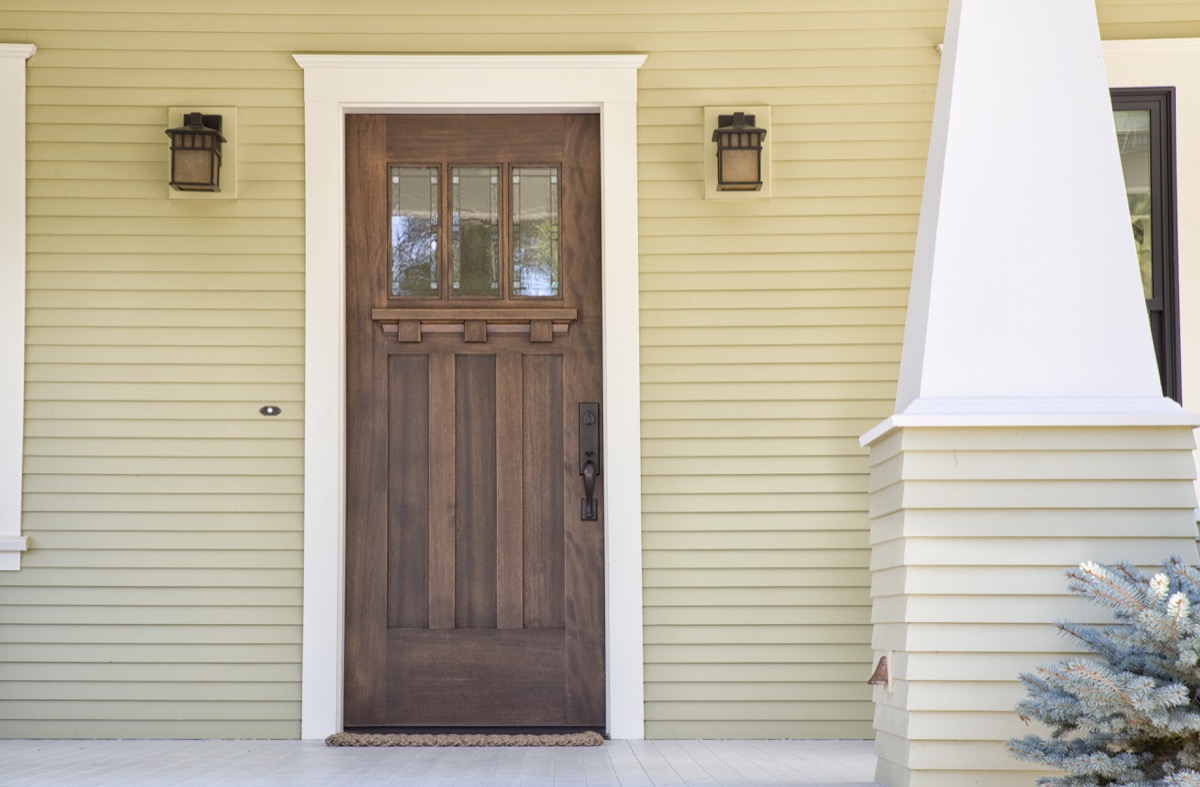
If you have white window or door frames, you might want to consider giving your home’s exterior a splash of color since stink bugs are attracted to them in particular, says Hazelwood. (According to Terminix, the color is sometimes even used against them in traps.)
9
Stacks of Firewood
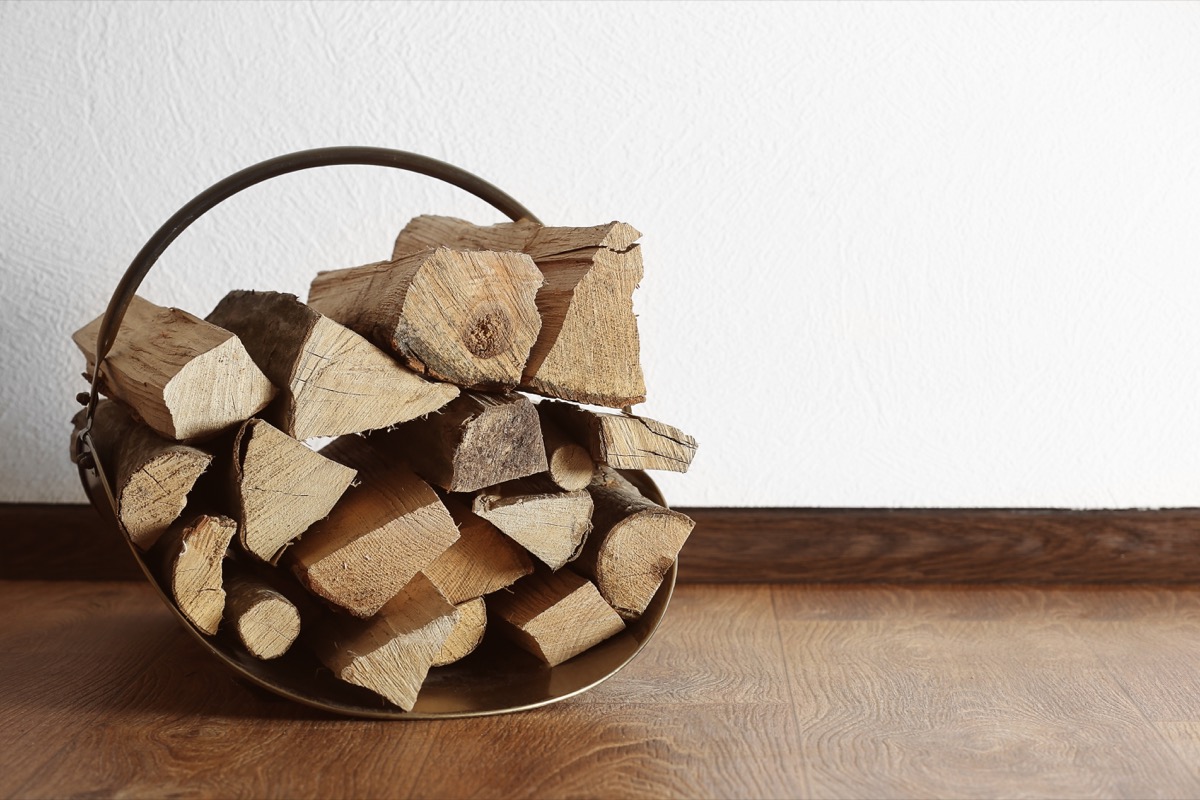
If you don’t already store your firewood outside, you will after learning that these splintery stacks can transport creepy crawlers right into your space. In fact, according to Hazelwood, you shouldn’t be storing firewood anywhere near your home. Her advice is to keep it several feet away from your home’s exterior.
10
Cardboard Boxes
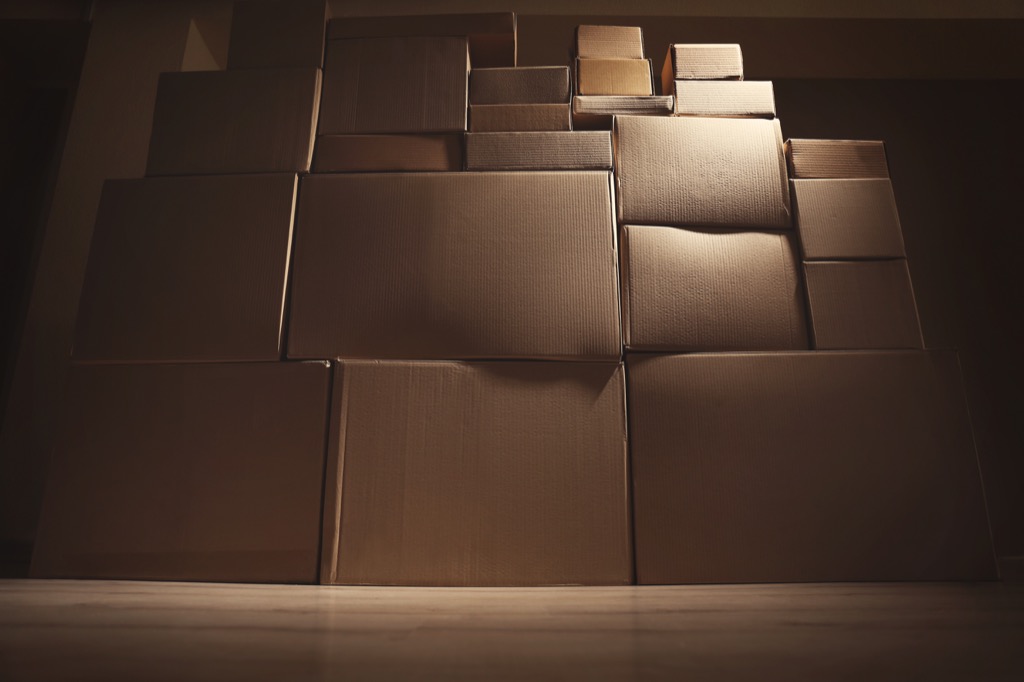
Of course you know that termites love to chomp on wood, but did you know they also enjoy the occasional cardboard box? According to the experts at Western Exterminator Company, you should get rid of “cardboard boxes that are old or loose, and do not keep food, plants, or plant materials in or near you storage containers, as these will attract insects.”
Instead, opt for plastic storage containers that can properly shield your items from the outside world.
11
Untreated Wood
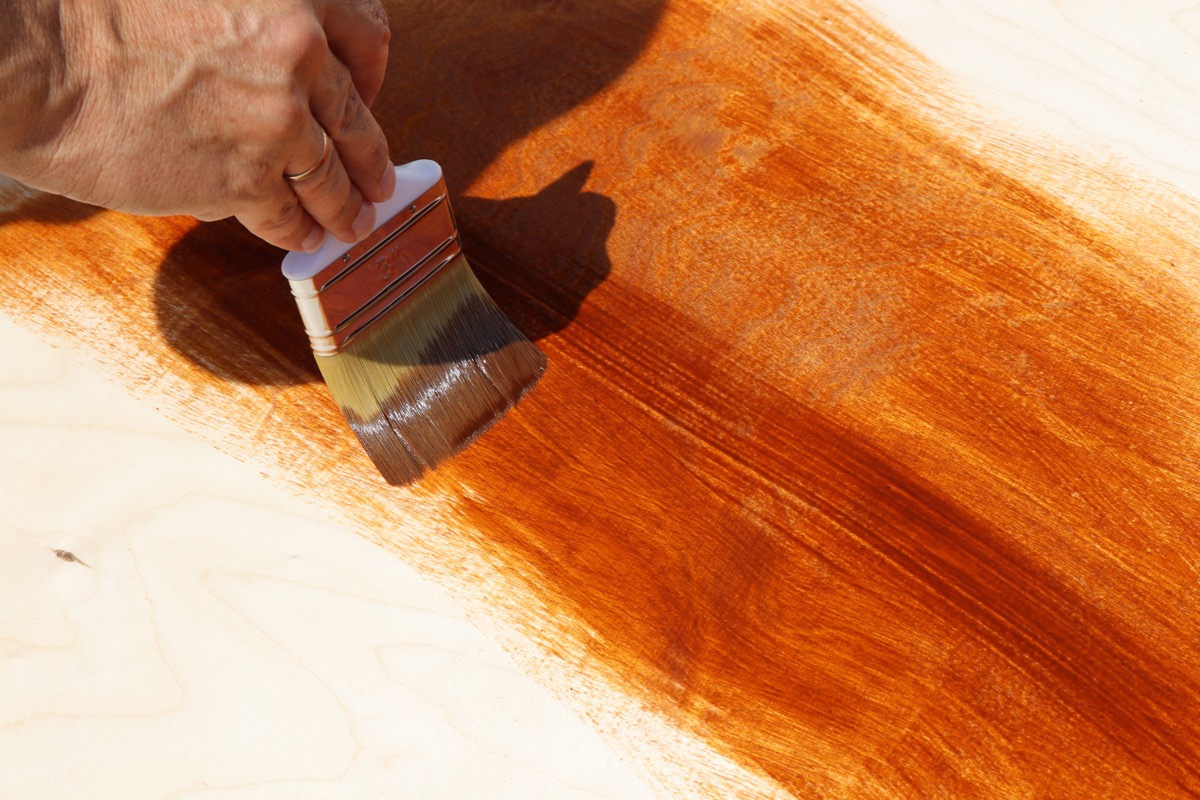
Carpenter bees are frequently attracted to unfinished and weathered wood. These infestations typically appear in the eaves of homes, as well as in decks and siding. To prevent any damage to your home (or to your psyche), Hazelwood suggests ensuring that all of the wood inside and outside of your house is treated with moisture- and weather-proofing material.
12
Attic and Basement Clutter
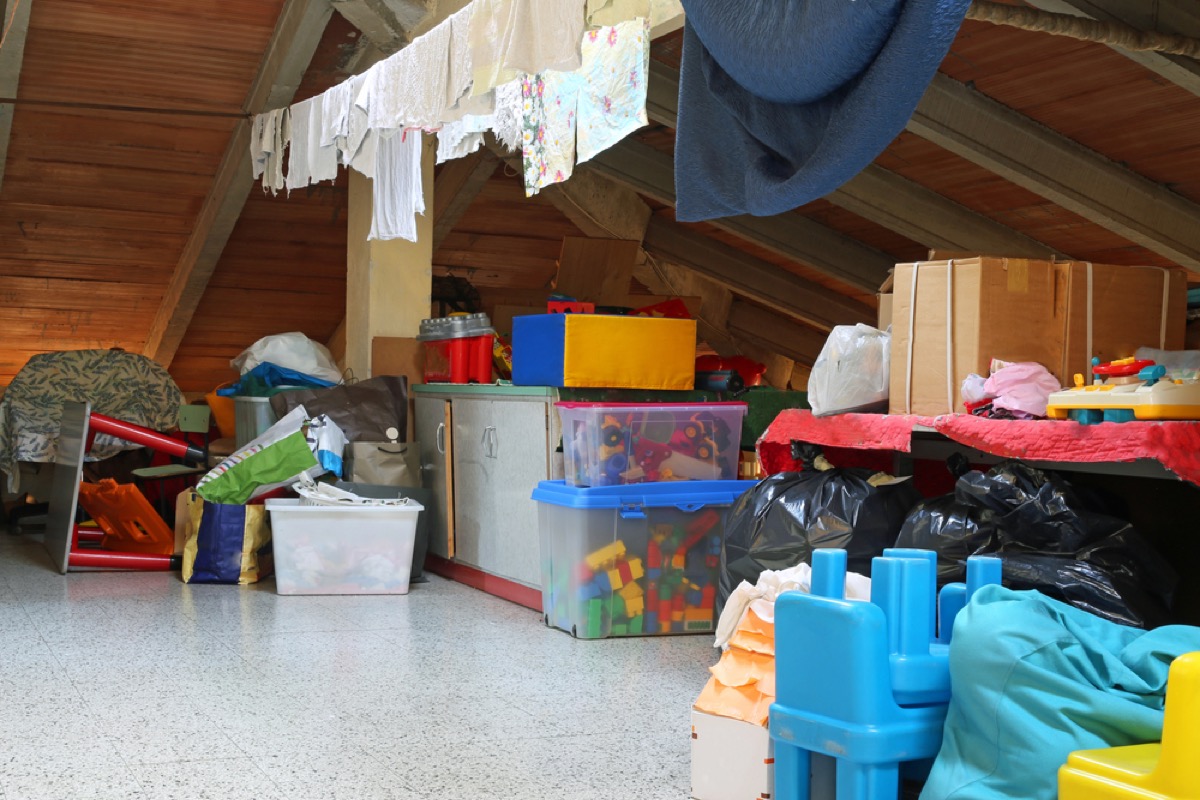
As the old adage goes, one man’s trash is another man’s treasure—and in this case, it’s your perpetual clutter that becomes a treasure trove for pests, says Jerry Lazarus, owner of Braman Termite & Pest Elimination in southern New England. “Eliminate clutter where possible, including in basements and attics, to limit hiding and nesting spaces,” he says. After all, do you really want pests getting into your precious heirlooms?
13
Untended Gutters
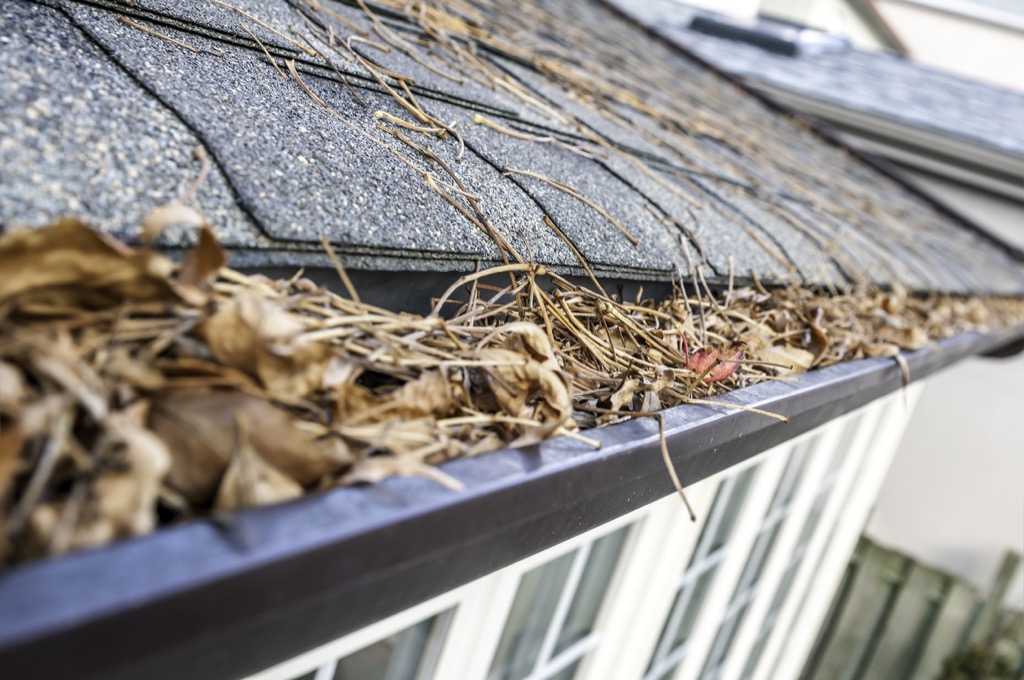
Because they’re typically moist, protected, and filled with leaves (read: food), clogged gutters provide the perfect living conditions for pests like cockroaches and ants, according to Terminix. From there, the pests have an easy route to the inside of your home via your eaves and your attic.
14
Unsealed Cracks

According to Mindy Perales, the marketing and communications specialist at Rottler Pest & Lawn Solutions in Missouri, the best way to prevent pests from entering your home is to ensure that there are no easy entries like cracks and holes.
“If there’s an opening, even a tiny crack in the foundation, pests can make their way in,” she says. “It’s always important to inspect your perimeter, especially at the change of seasons, for any openings that may be an opportunity for pests.”
15
And Unsealed Windows
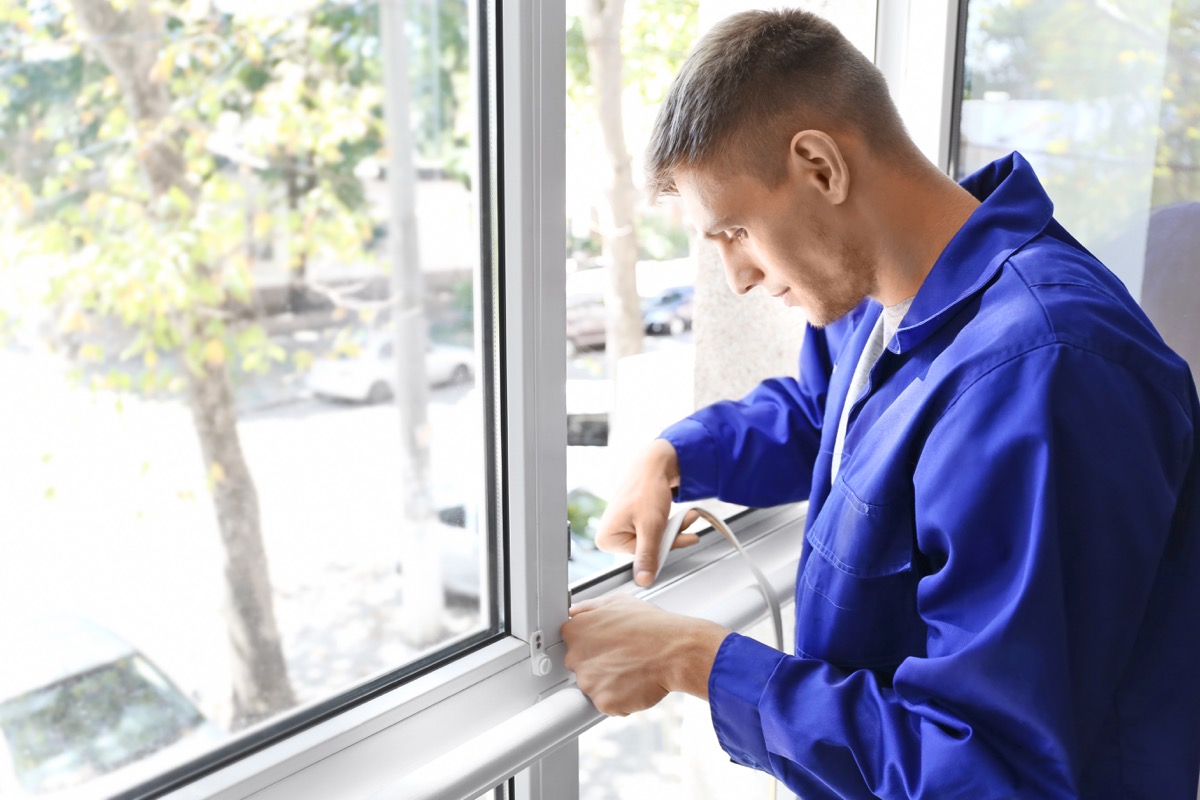
Though every nook and cranny in your home provides an opportunity for bugs and rodents to find their way in, unsealed windows are a particularly beloved entryway.
“Basement windows and areas where weather-stripping has become worn are preferred points of access for pests,” say Lazarus. “Homeowners should seal any cracks or crevices using caulk, steel wool, or a combination of both. Make sure all windows have screens that are in good repair.”
16
Birdseed
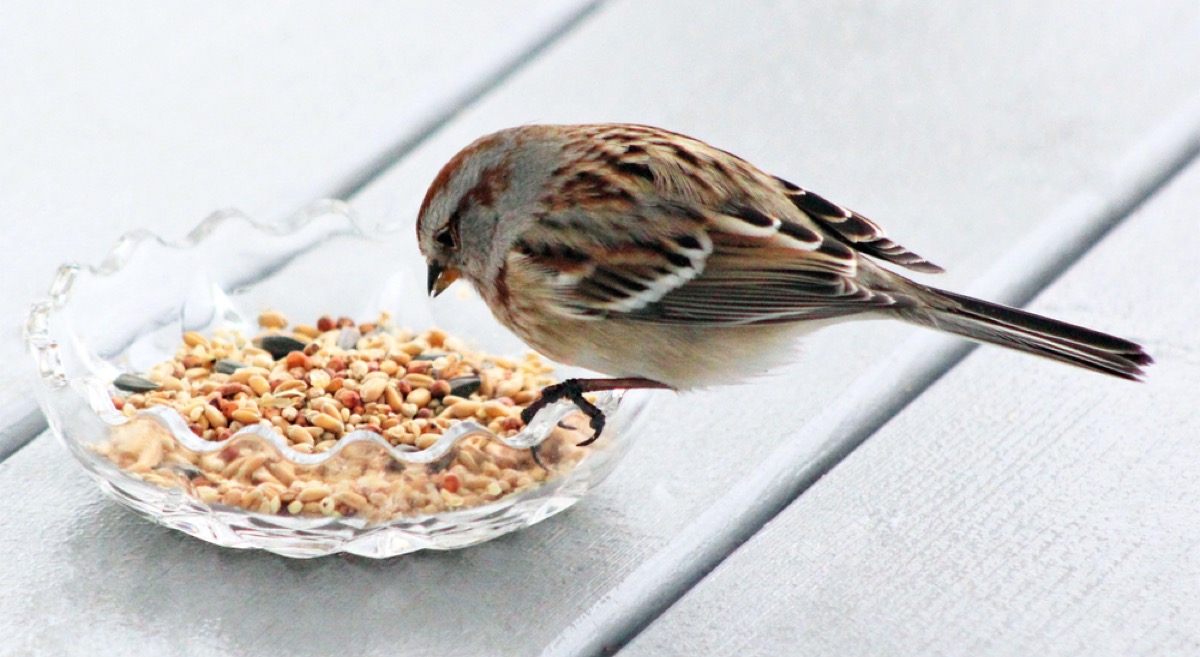
Though birdseed is meant to attract a far less pesky (and, well, more adorable) critter, the experts at Colonial Pest Control of New England warn that this snack could bring other animals to your home, including raccoons, skunks, and opossums.
17
Wine and Beer

Beer and wine can attract fruit flies that are intrigued by the sweet smell, according to Moyer Pest Control, which services New Jersey, Pennsylvania, and Delaware. To keep those flies at bay, the experts suggest ensuring that every bottle of wine or beer is contained using a cap, cork, or bottle stopper.
18
Recyclables
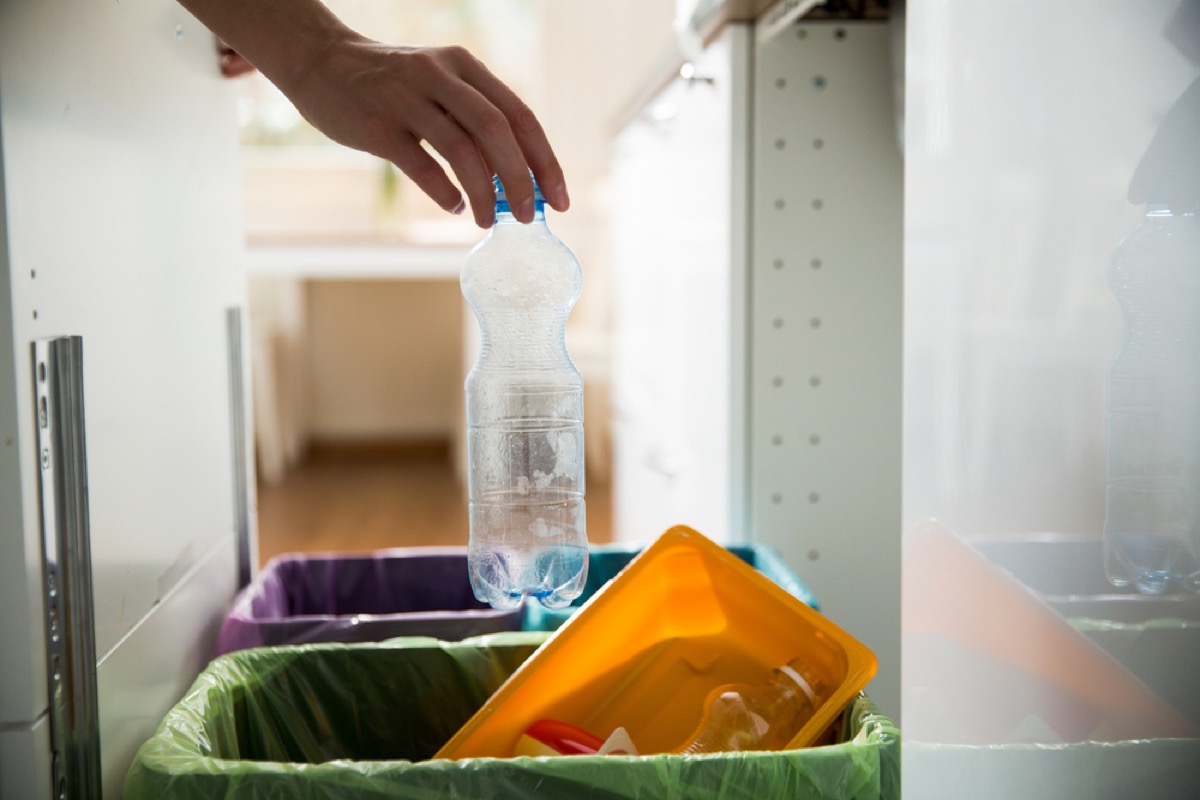
Flies and cockroaches love settling in for a long stay in the sticky ooze that accumulates at the bottom of your recycling bins. According to the experts at Colonial Pest Control, the best way to keep unwanted visitors away from your bins is to rinse every item you put inside of them thoroughly. They also recommend investing in recycling bins with covers, which adds a layer of protection from rodents and bugs.
19
Crumbs
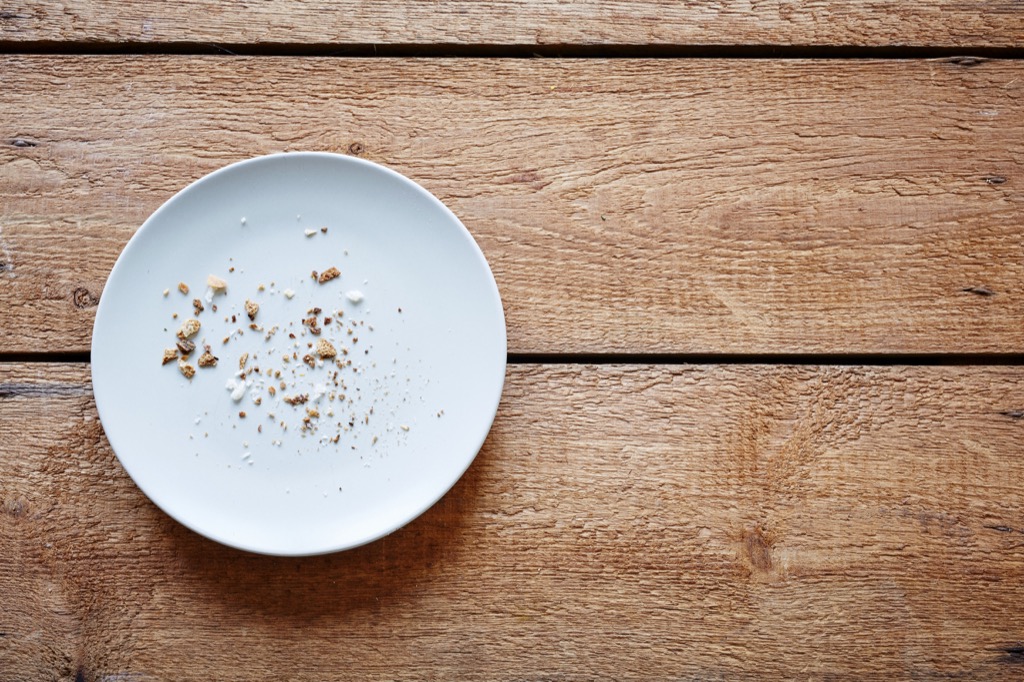
You might think you cleaned up after dinner, but did you really do a thorough wipe down? “Crumbs and sticky spills on floors, countertops, and in cabinets can attract german roaches and ants,” says Hazelwood. With that said, unless you want to invite a small crowd of bugs into your home, ensure that you are cleaning up every crumb from your meals and snacks.
20
Dirty Dishes
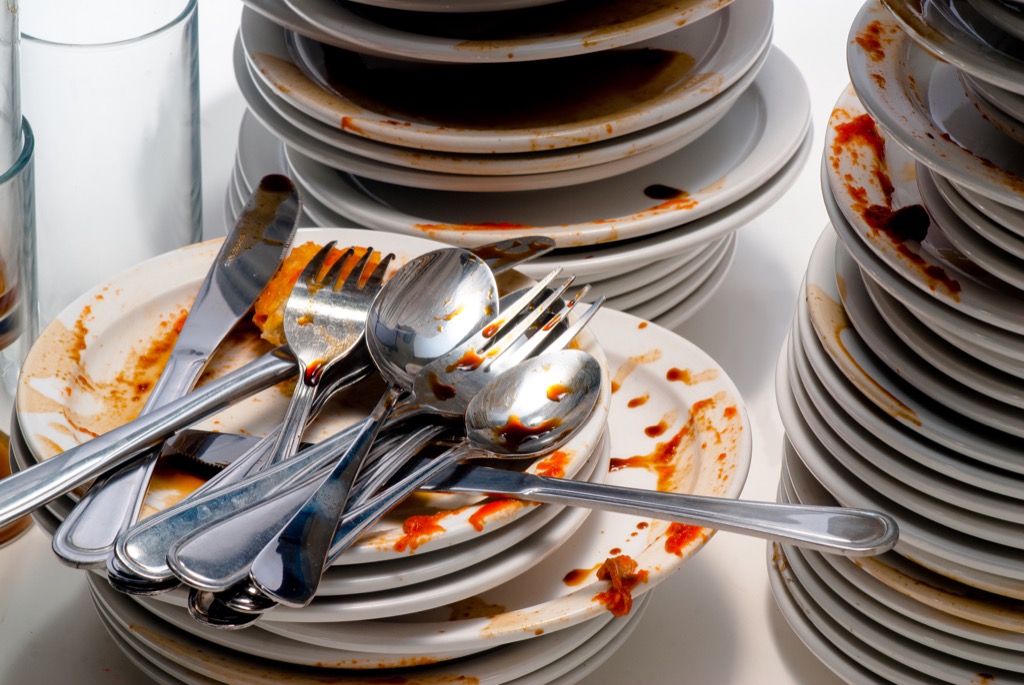
Aside from being an overall dirty practice, consistently leaving your dirty dishes piled up in the sink can also attract a range of pests, says Lazarus. “Clean counters, sinks, tables, and floors every day,” he says. “And don’t leave dirty dishes in the sink.”
21
Food Left Out

Though it should come as no surprise, pests of all kinds are after your leftovers. That’s why, according to Lazarus, you should do your best to curb the amount of food left out in the open in your home. “Store food in airtight containers and always avoid leaving food out—including in pet bowls, which many people don’t think about,” he says.
22
Grimy Trash Cans
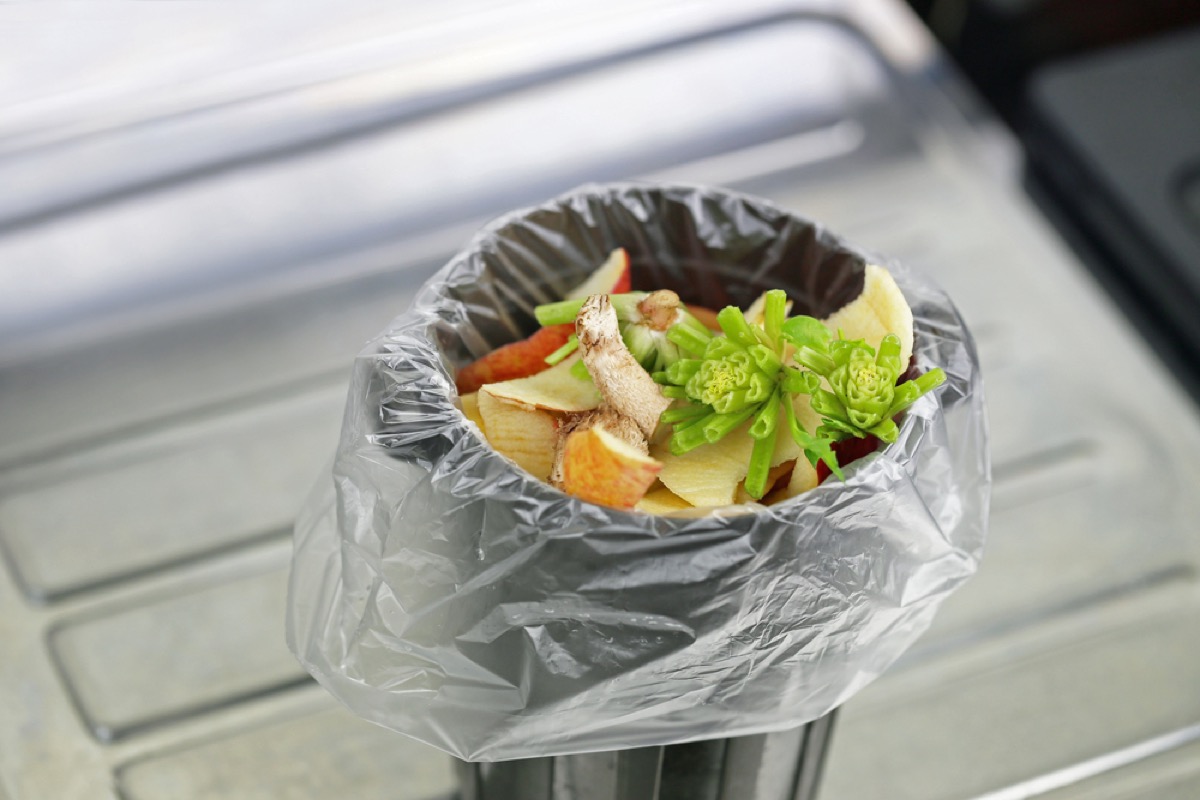
Want to avoid luring pests into your home? Take out your trash as often as you can, says Eleonora Kostova, a pest control expert for Fantastic Services Australia. “The trash invites pests,” she says. “You have to ensure garbage disposal on a daily basis. Also, clean the trash bins every few weeks to make sure you do not leave waste that still entices the vermin.”
23
Luggage
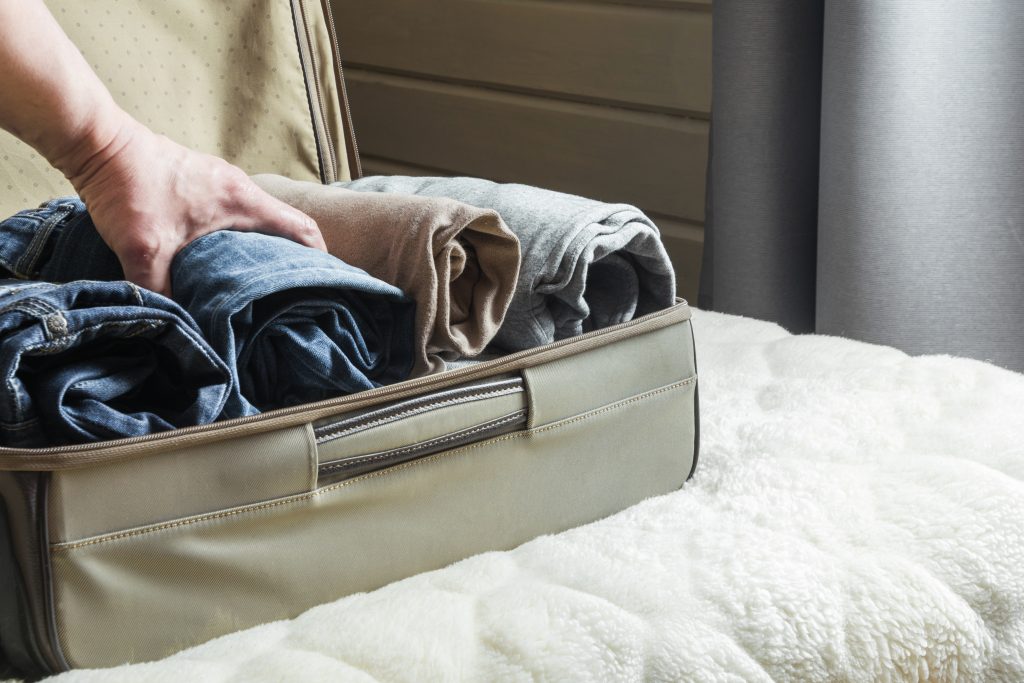
If you’re looking to avoid a future run-in with bed bugs, you’ll want to check your luggage, says Bryan Stoddard, the founder of Homewares Insider. “What most people don’t consider when thinking about pests in their homes is the possibility that they brought them in with them,” he says. “Bed lice are, for example, known to jump on suitcases and luggage. They, unknowingly to the house owner, ride on luggage until they’re inside.” And if you need more help in the insect department, check out the 27 Genius Products That’ll Keep Bugs at Bay All Summer.
To discover more amazing secrets about living your best life, click here to follow us on Instagram!